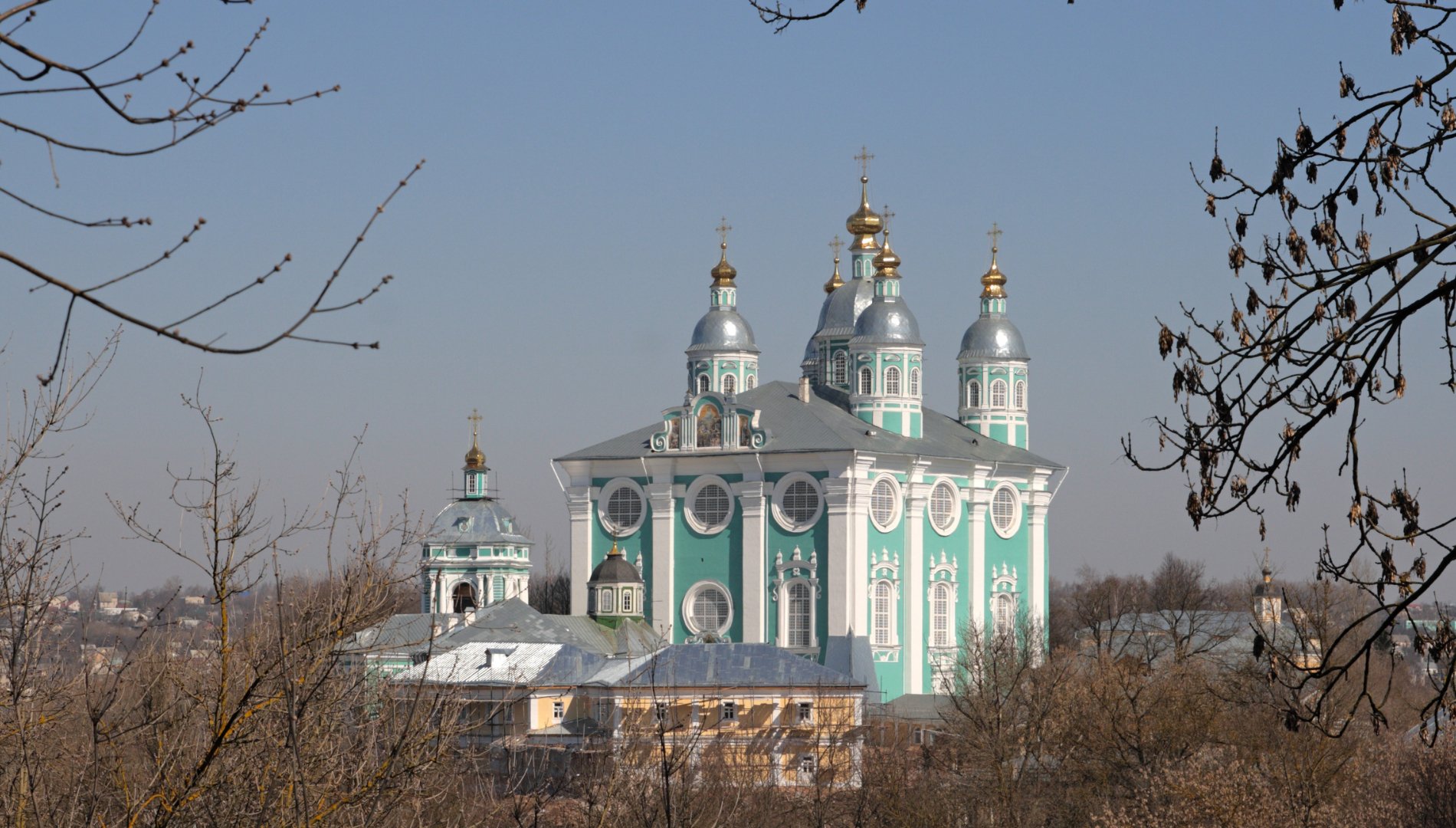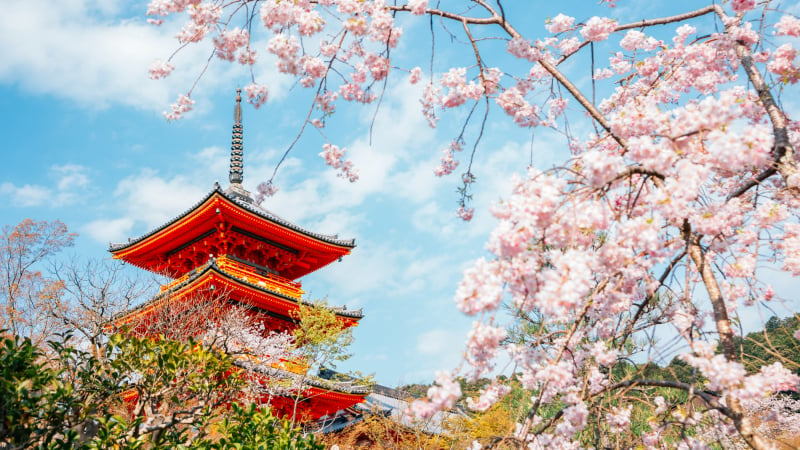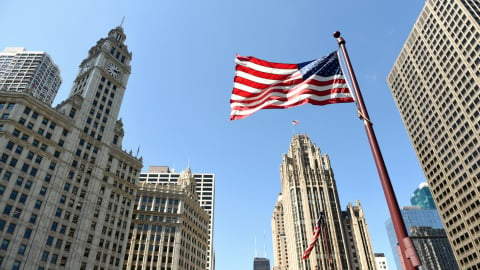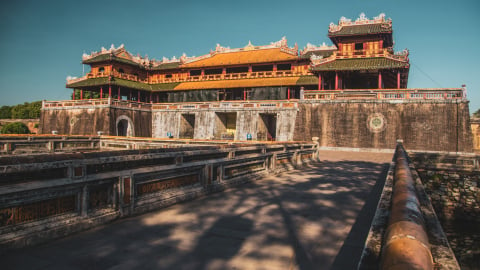During the darkest years of the war, the people of Smolensk participated in decisive battles, contributing to changing the situation and the course of the war. Hundreds of thousands of the best sons of this land fell, their blood soaked into every inch of the land, turning Smolensk into a sacred land, a living memorial of sacrifice and courage. Those painful losses were deeply engraved in the national memory, but at the same time, they also forged pride and indomitable will, passed from generation to generation.
"No one is forgotten, nothing is forgotten" - these are not only the words solemnly engraved on the city's glorious monument, but have become a motto, deeply ingrained in the hearts of every Smolensk resident. They live with the past, cherish the present and look to the future with an indomitable will that nothing can shake.

In honor of the liberation of Smolensk, in 1974 a red granite memorial badge was placed in the center of the heroic city of Smolensk (Gromovo tower)
Located 378km west of Moscow, on the upper reaches of the gentle Dnieper River, and bordering Belarus, the city of Smolensk stands out as a heroic witness to history. With a history spanning centuries, the city has endured countless sieges, fierce battles, and countless losses and pains. But no matter the circumstances, Smolensk still stands tall, refusing to submit to any enemy. It is this resilient and indomitable history that has forged the heroic qualities of the people of Smolensk, turning them into outstanding sons of the country, ready to sacrifice themselves for independence and freedom.

The city of Smolensk is a city with a long history, having experienced many sieges, destruction and painful losses.
Russian President Vladimir Putin has repeatedly emphasized the important position of Smolensk in Russian history. He affirmed that Russians always deeply understand and are proud of the great role of Smolensk as a heroic city, a solid "shield" of the country. During the fierce years of the Great Patriotic War (1941-1945), hundreds of thousands of Smolensk residents fought bravely at the front line, protecting every inch of their homeland.
But the war did not only claim the lives of soldiers. More than half a million Smolensk residents, including innocent children, the elderly and women, became victims of this brutal war. The Governor of Smolensk Region, Vasily Anokhin, said in a meeting with foreign journalists that there were more than 1,500 memorials throughout Smolensk, and about 1,000 of them were mass graves, where thousands of the fallen were buried. These heartbreaking figures are an undeniable testimony to the cruelty and horror of Nazi Germany, and a stark reminder of the value of peace.
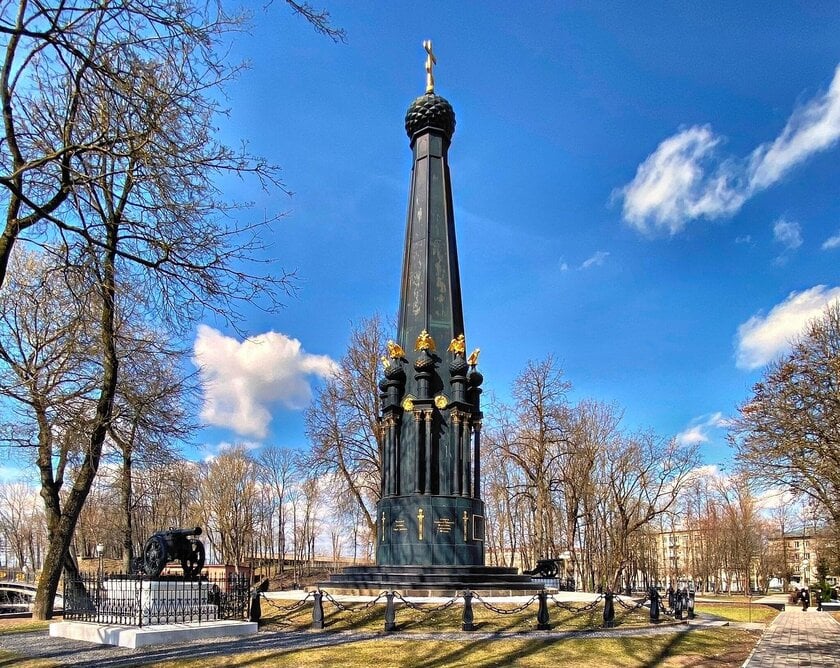
President Putin has repeatedly emphasized the important place of the Smolensk region in Russian history.
From 1941 to 1943, the city of Smolensk endured the brutal occupation of the Nazi army. During this dark period, much of the city was reduced to rubble and desolation. The streets and alleys of Smolensk became graves burying hundreds of thousands of innocent lives. This great sacrifice and loss left a deep scar in the hearts of the people of Smolensk, but at the same time, it also tempered the will and determination to protect what is most sacred to the nation.
In Smolensk, the memorials are not just simple memorials, but also haunting reminders of the painful past of the Great Patriotic War. The monument to the children - prisoners of the Nazi concentration camps, also known by the poignant name "Burning Flowers", is one of the most powerful symbols.
The image of the emaciated, small bodies of children gathered together into a sphere evokes in the viewer a feeling of choking and shuddering before what history has witnessed. More than 2,000 innocent souls have forever remained here, in the brutal concentration camps of Nazi Germany. This monument was built in 2005, as a memorial incense stick of those who survived those hellish years, for their young comrades who passed away.

Russians know well and are proud of the great role of Smolensk in history, it is the hero city, the shield of Russia.
Not far away is the Monument to the Smolensk Partisans - the participants of the "Children" campaign. The monument depicts the image of the female partisans, the resilient teachers, who led the group of evacuated children through more than 200km of hardship, under the enemy's bombs and bullets, to reach the Toropets train station in the Kalinin region (now Tver), and from there brought the children safely to the rear. The image of a woman holding a small child, surrounded by children, radiates protection, love and a strong desire to live, making anyone who sees it unable to hold back.
Coming to lay flowers at the city's memorials, visitors will be shocked and haunted by the numbers engraved on the mass gravestones. Thousands, tens of thousands of people were deprived of their lives in the unjust war, those dry numbers suddenly became alive, screaming about the cruelty of war and the irreparable loss. Right in the grounds of a local hospital today, a small stele also marks the resting place of more than 1,500 Soviet Red Army soldiers who died defending their homeland.

Russian history books also record: "For centuries, Smolensk was the guardian of the western border of Russia. This place is accurately called the key city, the shield of Russia.
The memorial complex on Zoya Kosmodemyanskaya Street in Smolensk was built to commemorate the Soviet people who died in concentration camp No. 126 during the Nazi occupation of the city (from summer 1941 to autumn 1943). A total of 87 mass burial sites have been discovered in the area, containing the remains of more than 45,000 people.
The memorial was built on the site of the concentration camp in 1975, with rows of simple concrete tombstones, engraved with the years of death of the deceased: 1941, 1942, 1943... The facade of the memorial is a hollow trapezoidal structure, reminiscent of the cold kazarams, the dark prisons of Nazi Germany. Right above, the words "Horrible crimes happened here" are like a strong accusation, echoing forever. More than a hundred kilometers from Smolensk, in the city of Vyazma, the "Dulag-184" memorial is also a place to remember more than 30,000 people who died in the concentration camp. The sculptures here, with reliefs depicting the images of the deceased, further increase the pain and loss of the war.

Flower-laying ceremony in memory of the heroes of the Great Patriotic War at the Heroes' Memorial Square in Smolensk

And there are many documents and images about the Great Patriotic War preserved at the Museum "Smolensk Region in the Great Patriotic War 1941-1945" and the Museum of the Unknown Soldier in the Smolensk region. The guides at these museums, with choked emotions, shared stories about the artifacts of those who sacrificed. They said that every inch of land here is soaked with the blood and tears of many outstanding sons of the nation.





